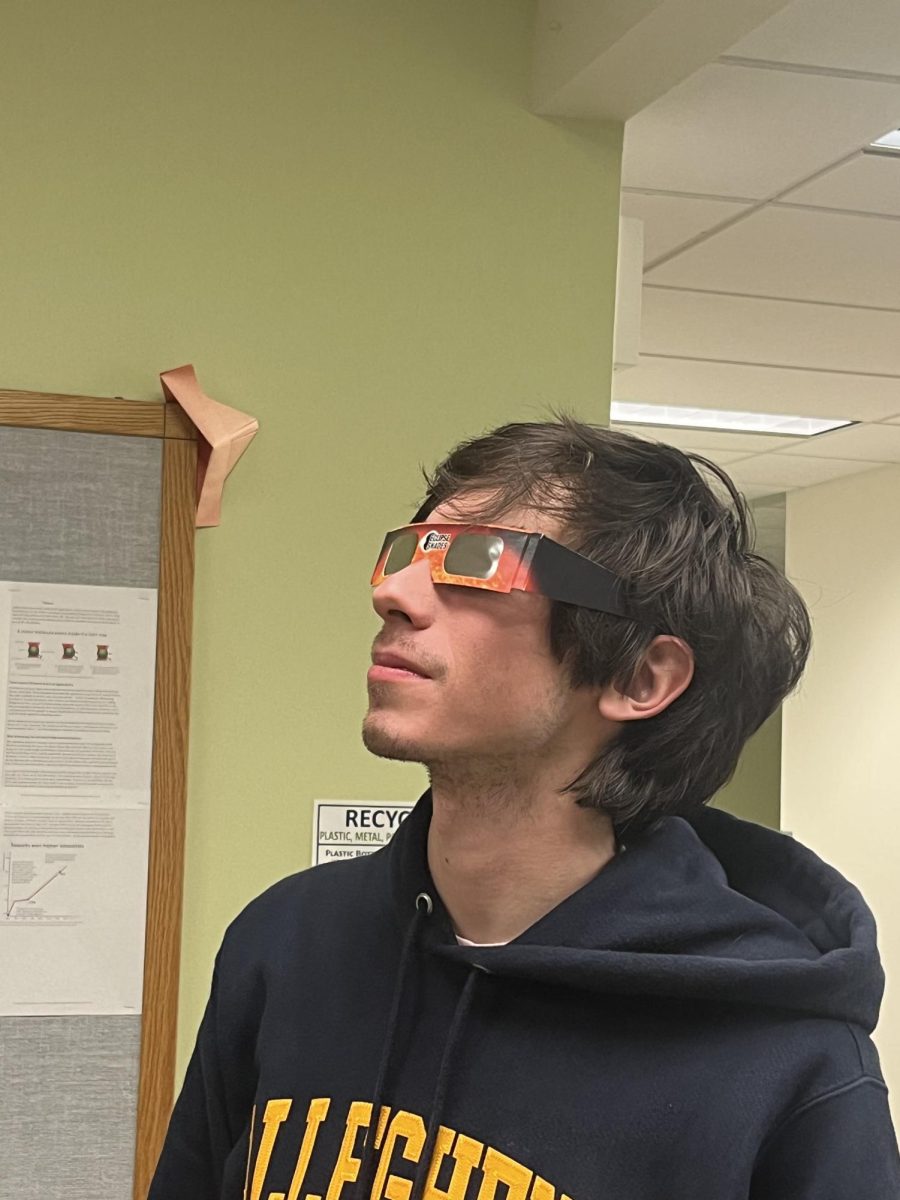By Amanda Spadaro
The African virus, chikungunya, has officially expanded its infection areas to the Americas and is currently being spread in the Caribbean. By the middle of January, a known 200 people were infected with the virus but nearly 500 more cases have been reported since. The virus is spread between people via mosquitoes and has no known medication or vaccine. However, the Centers for Disease Control and Prevention has recommended ways of avoiding the virus including wearing insect repellant while traveling. Because of the proximity of the Caribbean islands to the United States, officials are worried about how quickly it could transmit to the U.S. The chikungunya virus is not typically fatal, causing approximately one death out of every 1,000 cases, usually in the elderly or those with a compromised immune system. Regardless, its symptoms can be rather painful, resulting in joint pain, headaches, fatigue, rash, nausea and muscle pain. The joint pain typically lasts for a few weeks but has been known to plague people for months and even years in rare cases. The virus is also known for extensive outbreaks, which the World Health Organization calls “epidermic proportions.” The name of the virus, chikungunya, originates from the Kimakonde language of East Africa, meaning “to become contorted” in reference to the severe joint pain those afflicted may experience.
Due to the recent increase in cases of flu, many regions have been suffering from supply shortages of saline, especially in local regions like Philadelphia. Because people suffering from the flu are often dehydrated, saline is required to treat patients intravenously. “…we know that hospitals are still reporting that they may only have a few days supply,” said Valerie Jensen, associate director of the drug shortages program of the Food and Drug Association, to the Washington Post. Hospitals nationwide go through millions of bags of saline weekly but can vary per hospital depending on size and patient traffic. While hospitals have been advised to use smaller bags of saline to conserve supplies, one hospital has already requested that the government release some of its emergency stockpiles, according to Bona Benjamin, senior executive of the American Society of Health-System Pharmacists to the Washington Post. Issues with the three major American manufacturers of saline, who are currently at maximum production, have only increased the shortage’s intensity, driving saline prices to nearly six times the usual. Many hospitals have looked to overseas providers to decrease the shortage’s severity. Because efforts must be redirected toward managing supplies rather than providing uninterrupted healthcare: “It puts stress on the system,” said Michelle Corrado, assistant director of pharmacy for Hallmark Health System of Boston, to USA Today. Estimates state that the shortage could take two months to resolve entirely.
Scientific companies are now working on the next, potentially major innovation in pesticide development, which focuses on killing insects and other pathogens by making genes non-functional. The general premise that species-specific genetic sequences can be targeted to selectively kill pests while leaving beneficial species unharmed. The technique, called RNA interference (RNAi), works by way of double-stranded RNA, which is only single-stranded to allow for gene expression. The double-stranded RNA is then interpreted by the cell as being a virus and attempts to silence that gene. By disabling genes necessary for function, pests can be managed. While neuropoisons can be used as pesticides, there is no way to target individual species or pests. However, even similar genes may be affected, some scientists suggest, stating that regardless of the specialization of the pesticide, even humans may be harmed. This new technology has already raised concerns that go hand-in-hand with the debate about genetically modified organisms. Despite this concern, Monsanto, American agricultural company, has already requested approval for modified corn that uses RNAi against the western corn rootworm. “Commercial RNAi technology brings U.S. agriculture into an entirely new generation of tools holding great promise,” the National Corn Growers Association said to the New York Times, expressing its support for the technology. There are still some who express doubt over applying this technology. “To attempt to use this technology at this current stage of understanding would be more naïve than our use of DDT in the 1950s,” the National Honey Bee Advisory Board said in comments at the EPA’s conference center meeting.
Swiss-based researchers with the International Union for the Conservation (IUCN) have declared that 25 percent of living species of sharks and rays are endangered. Rays include mantas, skates and some fish that resemble sharks. The IUCN is responsible for the Red List, which determines the species that are facing extinction, and they now consider rays to be more endangered than sharks. “People know about the global trade in shark fins, but few know that some of the most valuable fins that are used in shark fin soup come from the sharklike rays — species like sawfishes and wedgefishes and guitarfishes,” Sonja Fordham, president of Shark Advocates International, said to National Public Radio. In addition, many of these species live along coastlines with otherwise compromised environments. Some skates also accidentally end up among the nets of fisherman, which has led to the extinction of the common skate in certain European waters. Due to the quick rates of catching and death for these species and the comparably slow rates of reproduction, these populations are not maintaining their numbers. As some of the most ancient species, having evolved approximately 400 million years ago, even before dinosaurs, it would be a great loss of aquatic biodiversity. “They’re like a version 1.0 model of a fish, if you will…They grow very slowly and the populations are depleted very quickly.” Ben Worms, marine ecologist at Dalhousie University in Nova Scotia, said to NPR.
Scientists from Australia, Europe and the United States published an article in Nature this week on the suggested complexion of a European hunter-gatherer from 7,000 years ago. The scientists found, studying the DNA of a male tooth found in northern Spain, that the man likely had dark skin and blue eyes, but this complexion has mostly disappeared. “We have the stereotype that blue eyes are found only in light-skinned people but that’s not necessarily the case,” lead researcher Dr. Carles Lalueza-Fox of Barcelona’s Evolutionary Biology Institute said to The Associated Press. Because the genome showed versions of African pigmentation genes, suggesting that the modern European has significantly lighter skin. However, genes related to eye color show the most similarity to modern-day Scandinavian blue eyes. In addition to this currently “unusual” combination, the DNA suggested an inability to digest starch and milk, which would only develop after the spread of Middle Eastern farming. The tooth DNA showed genes with that might have transferred increased immunity to the flu, smallpox, and measles. When Europeans migrated to the Americas, bringing the diseases with them, the indigenous people of the Americas may have lacked such genes to help fight these diseases, scientists posit.





